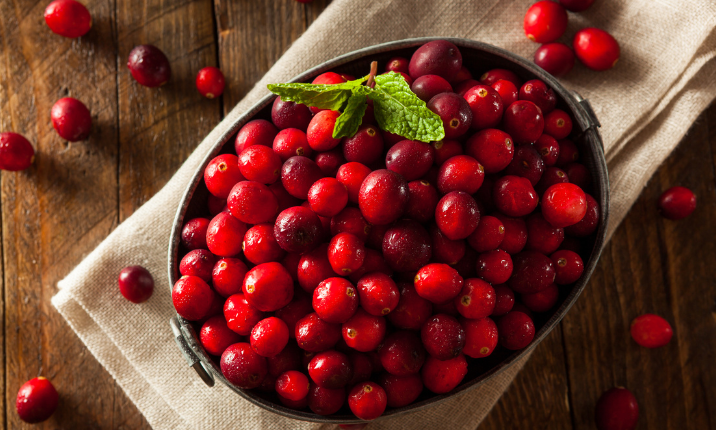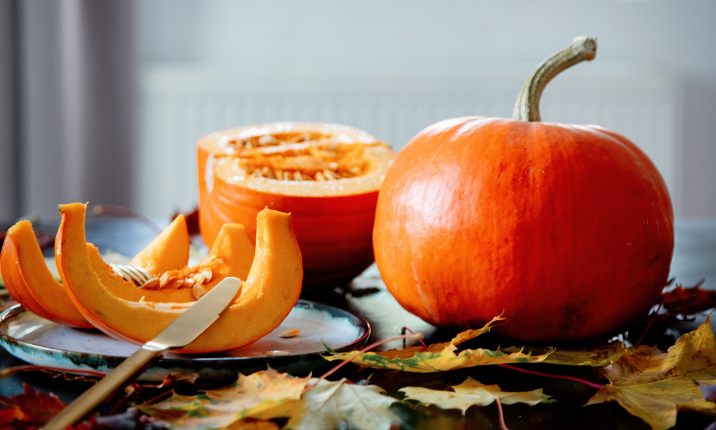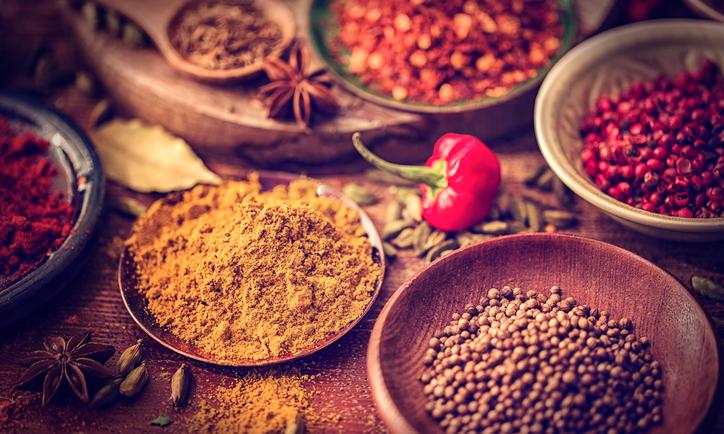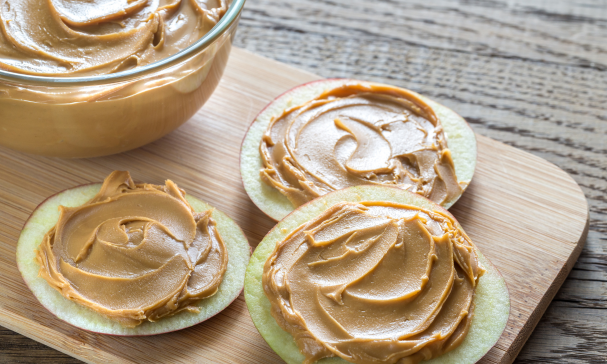1. Timing of Meals
Throughout the holidays, you may find yourself eating at family dinners or parties outside your usual mealtimes. For example, holiday dinners are sometimes served at 3:00 or 4:00 p.m. Plan for how you will handle making changes if the meal does not align with your regular schedule. If you take insulin or another medication that lowers blood glucose, you should try to check your blood glucose levels more often. A change in the timing of the meal may affect your blood glucose. For example, you may need to bring a snack to prevent low blood glucose (hypoglycemia) if the meal is served late. Speak to your health care provider before the holidays about how to handle changes to your typical eating times throughout the holiday season.
2. Be Selective
Many foods served during the holidays tend to be high in carbohydrates, like mashed potatoes, sweet potatoes, stuffing, dinner rolls, cranberry sauce, pumpkin pie, and other desserts or treats. Remember, you don’t have to sample everything that is offered. Focus on dishes that are more special to you or that you only have this time of year. For example, mashed potatoes or a dinner roll might be things you’ll eat any time of year, so skipping those can make room for your aunt’s famous sweet potato casserole or a slice of pumpkin pie.
Use the Diabetes Plate as your visual guide to help create a healthy plate. Start with a nine-inch plate and fill half with non-starchy vegetables, your favorite protein for one-quarter of the plate, and your favorite carbohydrate for the last quarter of the plate.
3. Don’t Forget Your Vegetables
Remember, half your plate should be filled with non-starchy vegetables. But during the holidays, your vegetable choices may be limited. Vegetable dishes can add both colors and nutrients to the table. . Offering to bring a dish gives you choices that may be easier to fit into your eating plan. If you bring a vegetable dish, opt for non-starchy vegetables (like cauliflower, broccoli, green beans, or leafy greens) which are lower in carbohydrates and calories. This will help fill you up and make it easier to reduce portions of other foods being served that are high in calories, carbohydrates, and fat. You can find great choices on Diabetes Food Hub like a green salad or steamed green beans with cranberries and hazelnuts.
4. Plan Your Snacks, if Needed
During the holidays, you may head to a party where you have to wait a little while before the food is served. Check with the host to see when food will be served and if there will be any healthy appetizers to munch on. If the appetizers will be deep fried and high in calories, consider packing a small snack for yourself (like a few pieces of low-fat cheese) or offer to bring a healthy appetizer to share, like a platter of raw vegetables with this lower carb and calorie Spinach Yogurt Dip.
5. Be Physically Active
With food being such a big part of the holidays, many people forget to move their bodies! Try to keep up with your regular physical activity. If you’re with family and friends around the holiday season, start a new tradition that involves physical activity, like after-dinner walks, active holiday events like touch football, or even turning on music to have a fun dance party.
6. Check Your Blood Glucose
It is recommended to check your blood glucose more often when you are changing your routine, which includes changes to the timing of your meals, types of food you eat, amount of activity you get, and possibly level of stress you have.
The holiday may be a time that can easily affect how you manage your diabetes. Taking these steps will help you reach your blood glucose and other health targets.
Wishing you and your family a happy, healthy holiday season!















































